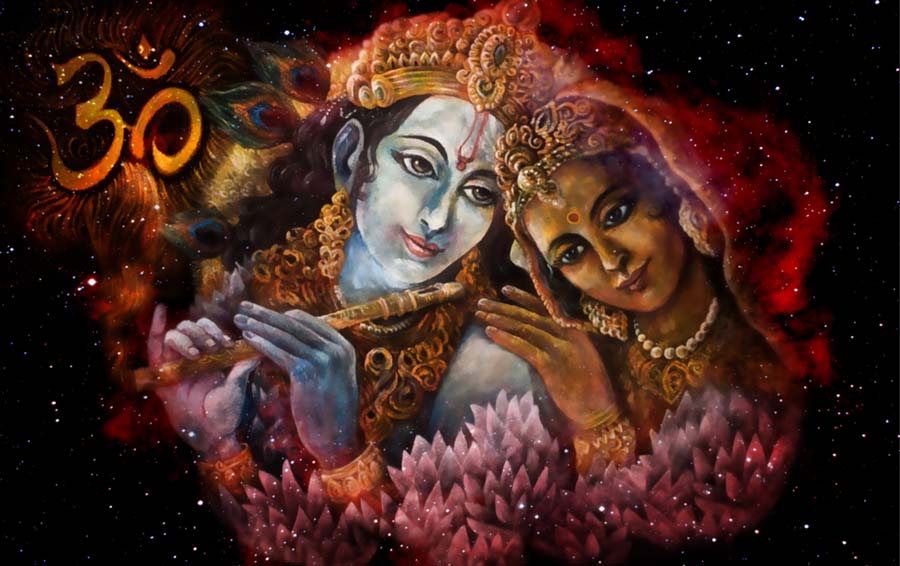
In Hinduism, the concept of Maya is a fundamental principle that can be both intriguing and perplexing. Often translated as "illusion," Maya represents the veil that obscures our perception of reality. It's the filter through which we experience the world, shaping our desires, attachments, and ultimately, our suffering. This blog delves into what is Maya in Hinduism, exploring its meaning, purpose, and how it influences our understanding of the world.
The Bhagavad Gita, a sacred Hindu scripture, offers significant insights into Maya. Here, Lord Krishna explains Maya as the divine power that creates the phenomenal world, the world of appearances. It's the force that makes us perceive the temporary and changing as permanent and real.
Think of it like a magician's illusion. We see a rabbit appear from a hat, but we know it's not truly a rabbit. Similarly, Maya creates the illusion of a separate self, a world of objects, and experiences that are ultimately not permanent or real. The true reality, according to the Bhagavad Gita, is Brahman, the ultimate, unchanging, and infinite consciousness.
The question of why God, or Brahman, created Maya is a complex one with multiple interpretations. Some schools of Hinduism believe Maya is an inherent quality of Brahman, like heat is inherent to fire. Others view Maya as necessary for creation itself, the force that allows for the manifestation of the universe and our individual experiences within it.
Some interpretations suggest that Maya exists to challenge us to transcend illusion. By recognizing the limitations of the material world and the impermanence of our desires, we can strive for spiritual liberation (moksha).
In Hinduism, there's no single "God" who controls Maya. The concept of Brahman encompasses all existence, including Maya. Some schools of Hinduism, however, associate Maya with specific deities like Shakti, the divine feminine energy, or Vishnu, the Preserver God.
These associations highlight the dynamic nature of Maya, representing the creative and transformative power of the universe.

Maya manifests in various ways in our daily lives:
Attachment to Material Possessions: We become attached to our belongings, believing they bring lasting happiness. However, material possessions are impermanent and can't fulfill our true needs.
The Ego: Our sense of self (ego) is a product of Maya. We identify with our thoughts, emotions, and physical bodies, neglecting the underlying reality of the Atman, the true self that is one with Brahman.
Desires and Aversions: Our constant desires for things we lack and aversions to things we dislike are fueled by Maya. These desires create suffering when not fulfilled.
Understanding Maya is crucial in Hinduism because it allows us to see beyond the limitations of the material world and connect with the true reality. By recognizing Maya's influence, we can detach from fleeting pleasures and desires, paving the path towards self-realization and liberation.
Here are some frequently asked questions about Maya in Hinduism:
Maya isn't inherently evil, but it can lead to suffering if we remain entangled in its illusions. However, recognizing Maya can be a powerful tool for spiritual growth.
The Bhagavad Gita prescribes various practices like selfless action (karma yoga), devotion (bhakti yoga), and knowledge (jnana yoga) to help us transcend Maya and achieve liberation.
Similar concepts of illusion or the veil of reality exist in other philosophical and spiritual traditions, though with different names and interpretations.
Maya can be a force for good by prompting us to question our perceptions and seek a deeper understanding of reality. It can motivate us towards spiritual growth and self-realization.
Our experiences of Maya are unique and influenced by our karma and level of spiritual development. However, the underlying principle of Maya as the veil of illusion is a universal concept in Hinduism.
For more Interesting topics follow us on Instagram
Author :